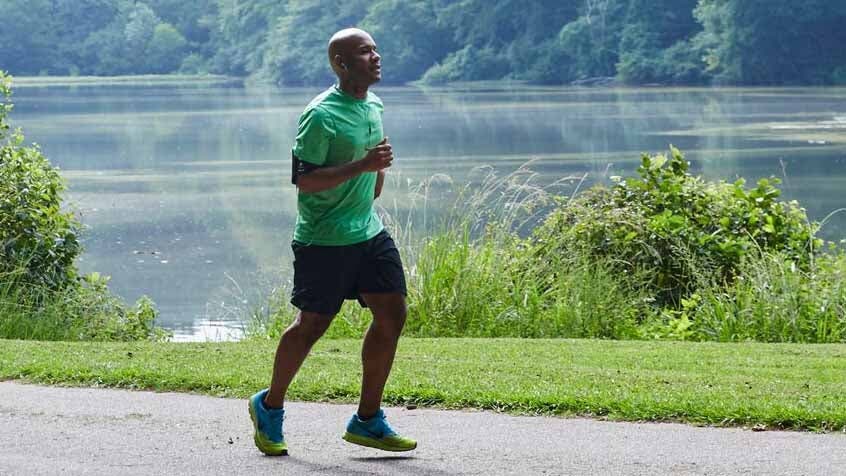How to choose a fitness tracker


Today, fitness trackers abound. They come in all sorts of shapes and sizes and colours and can tell you lots of information about your body that you otherwise might not know.
For the uninitiated, fitness trackers are small pieces of wearable technology – usually worn on the wrist but sometimes on the hip or even on a single finger – with sensors that track things like your movements and your heart rate.
Fitness trackers can monitor various bodily functions and activities, from the number of steps you’ve taken to your sleep patterns. All of these data can give you a more comprehensive understanding of how your body’s doing, what your “normal” is and where you can set goals for improvement, such as increasing the amount of time you are active in a day or making sure you get a consistent amount of sleep each night. And fitness trackers can be paired with the WW app to help you get a holistic picture of your progress toward your goals, all in one place. Learn how to sync your device here.
Of course, a fitness tracker is not a requirement for fitness, but if you have the means and want to try one, it’s important to know what you should look for, so you get the most bang for your buck.
When it comes to picking a fitness tracker, the primary consideration is where and how you’re going to use it, says Justin Mastine-Frost, gear editor at Toronto-based WearAction.com, a website dedicated to reviewing wearable fitness equipment.
“Are you a runner, a swimmer, a cyclist or someone newer to fitness that’s just looking to shed a few pounds? Different fitness trackers will have different features to cater to different needs,” he says.
What should I look for?
Although there are fitness trackers made for different parts of the body, Mastine-Frost says based on body motion and the ability to track heart rate, a wrist-mounted fitness tracker is what you should look for.
The features of fitness trackers can range from basic step counting – like old-school pedometers – to advanced heart monitoring. But Mastine-Frost says there are three main factors you should look for when buying any tracker.
- Heart rate monitoring: This provides comprehensive data such as your resting heart rate, different targeted heart rate zones for various levels of activity, your sleep patterns and how many calories you burn in a day.
- Water resistance: “Even if you’re not a swimmer, a fitness tracker that can stay on when you’re sweating profusely at the gym, washing the dishes or walking around in a thunderstorm is never a bad thing,” says Mastine-Frost.
- Battery life: “You want your tracker on your wrist, not on its charging dock. A good tracker can last a good week or so on a single charge.”
Price point
Mastine-Frost says fitness trackers can range in price a fair bit, depending on the features they have. For a good-quality entry-level device, he says you can expect to pay somewhere between $100 and $200 CAD. Reputable brands he recommends include Fitbit, Garmin, Samsung, Apple, and Misfit.
“The best advice I can give regarding wearing a fitness tracker is simply that – make sure you wear it!” says Mastine-Frost.
“The more data you capture, the clearer picture you’ll have of how well you are working towards your fitness goals. Over time you’ll also see trends, like what workouts are proving more effective than others, how much a diet cheat day does (or doesn’t) impact you, and so on. If you’re only going to throw it on on occasion, you’ll only be getting a small percentage of its benefit.”
